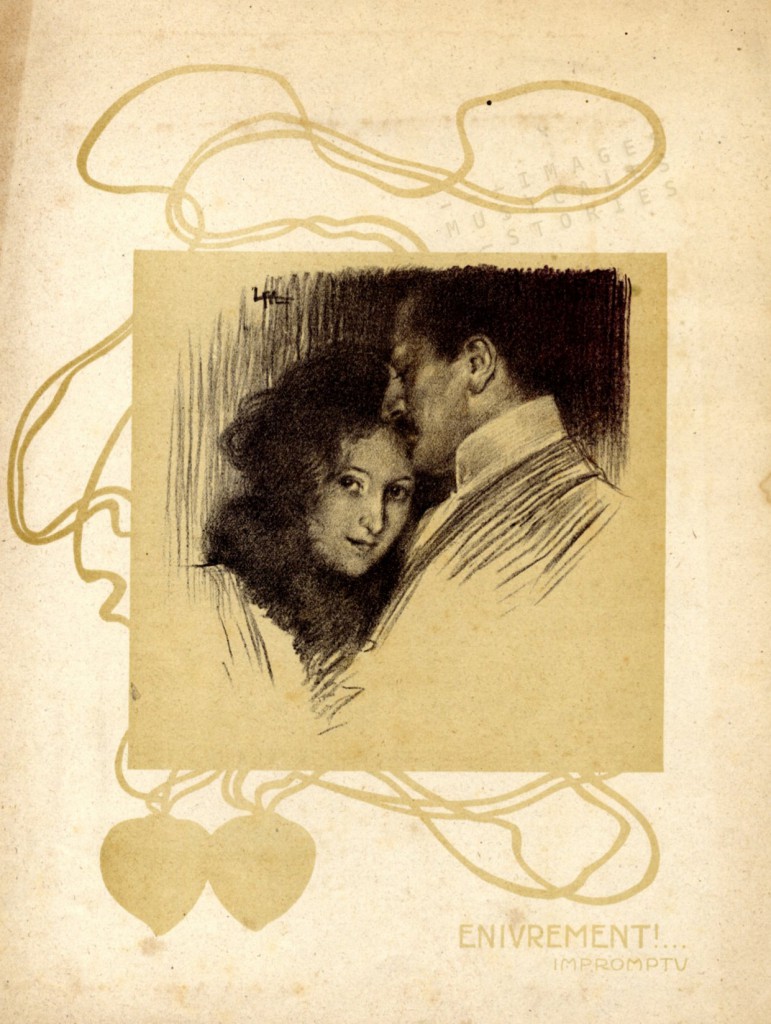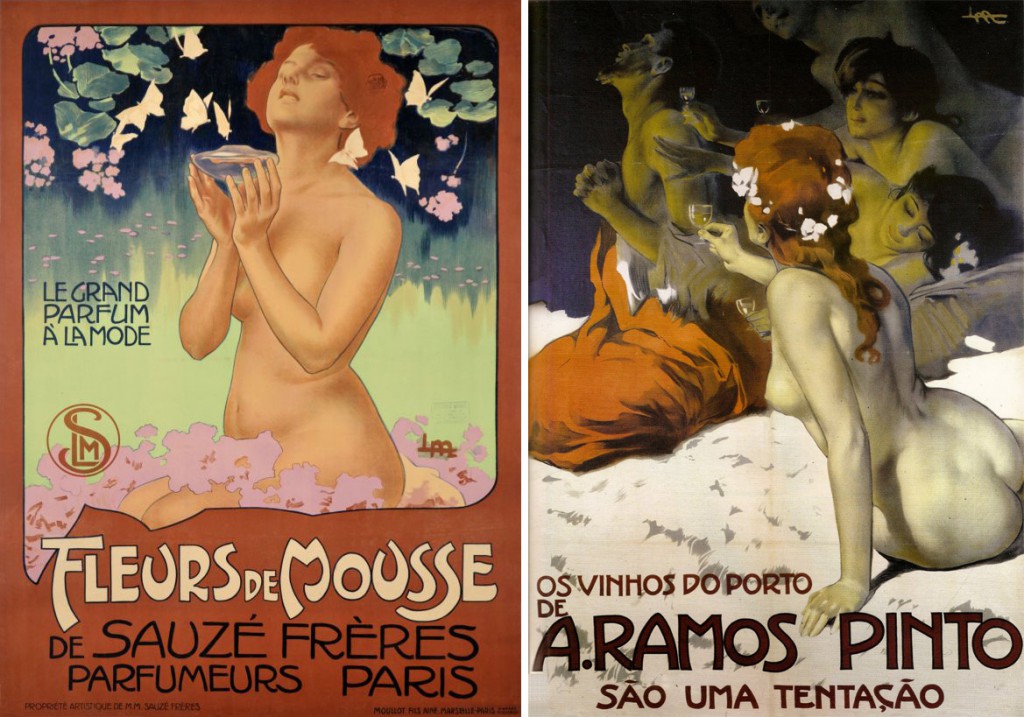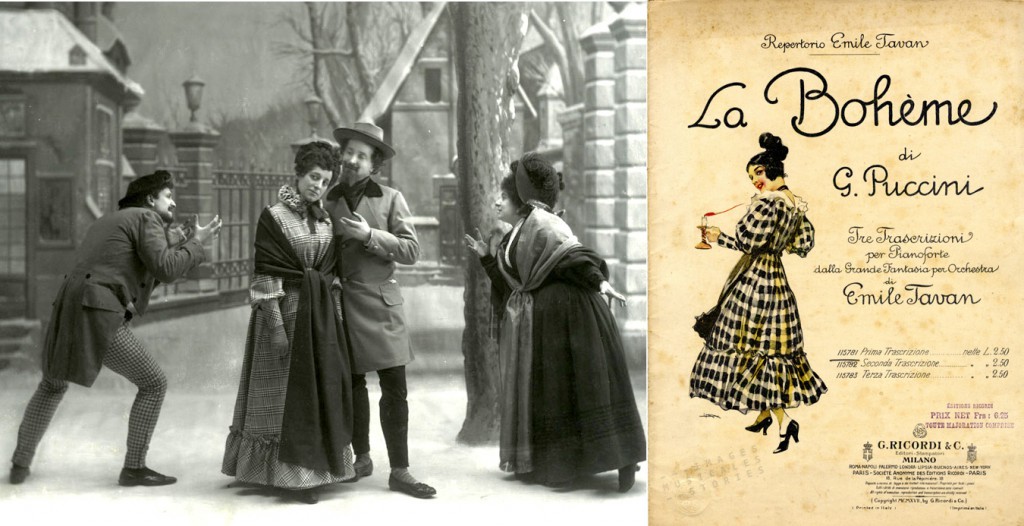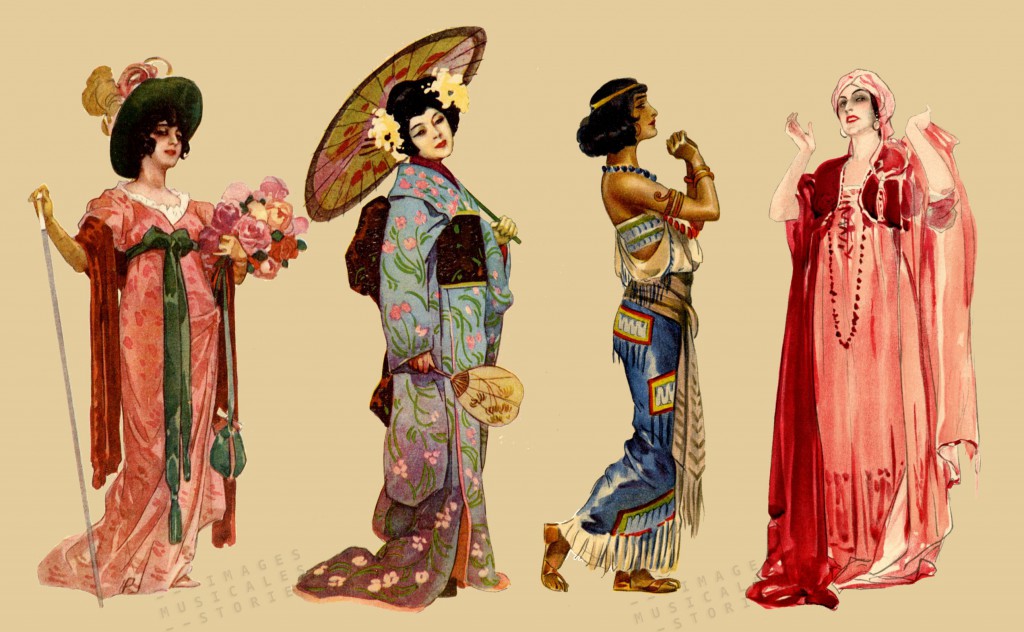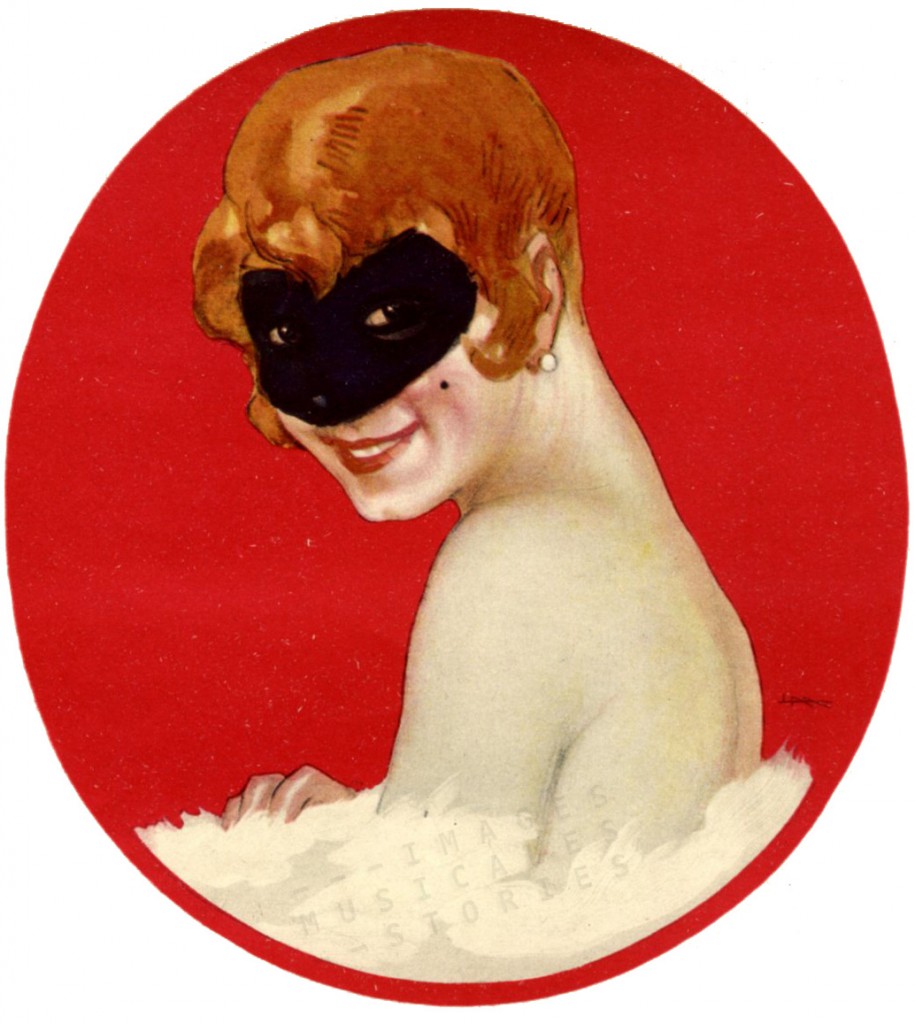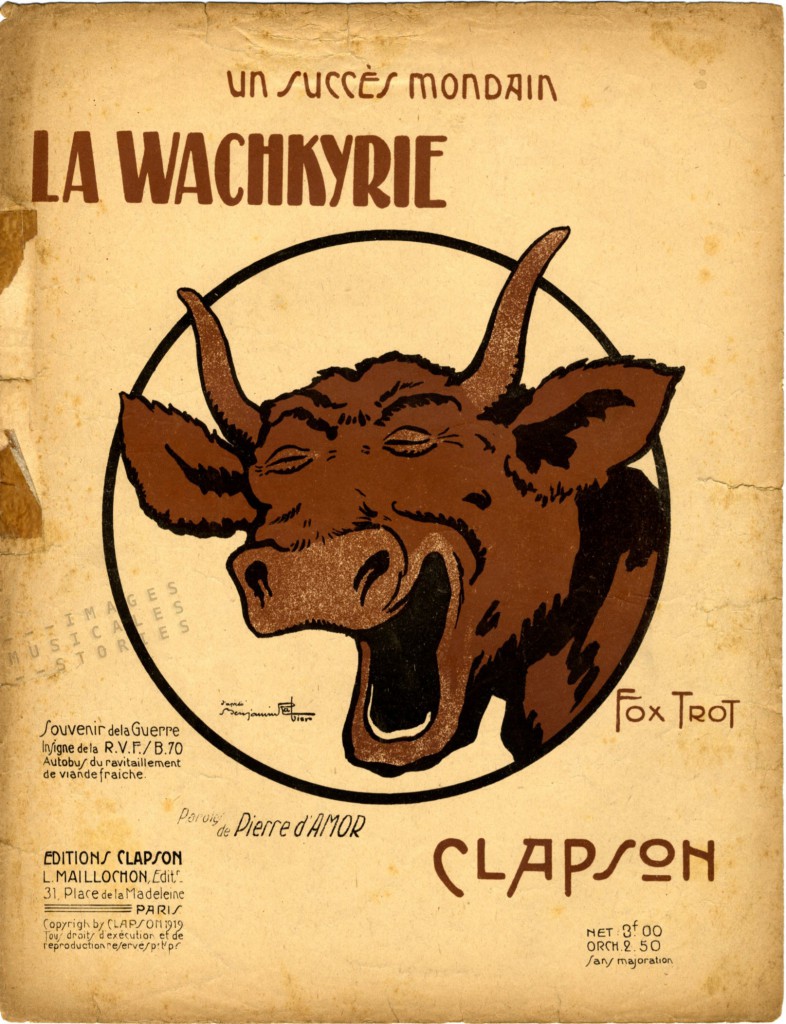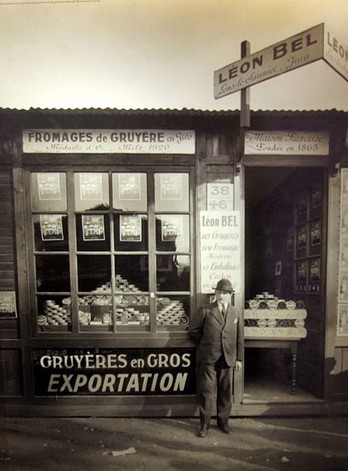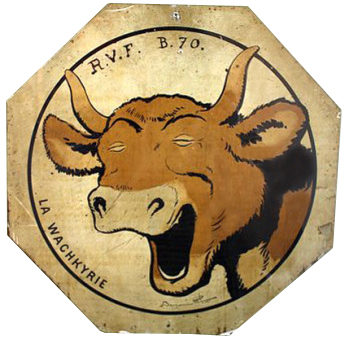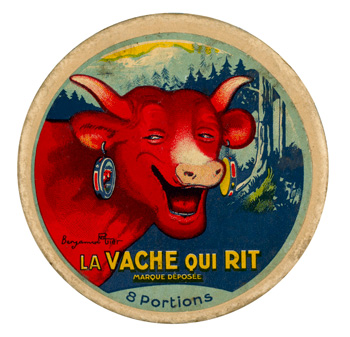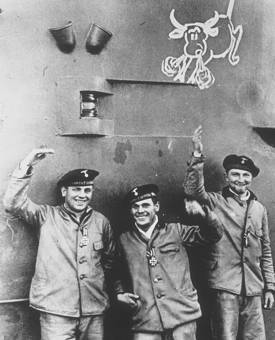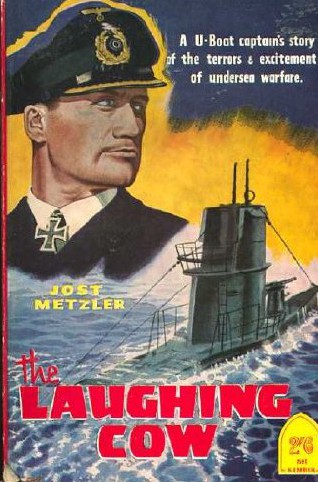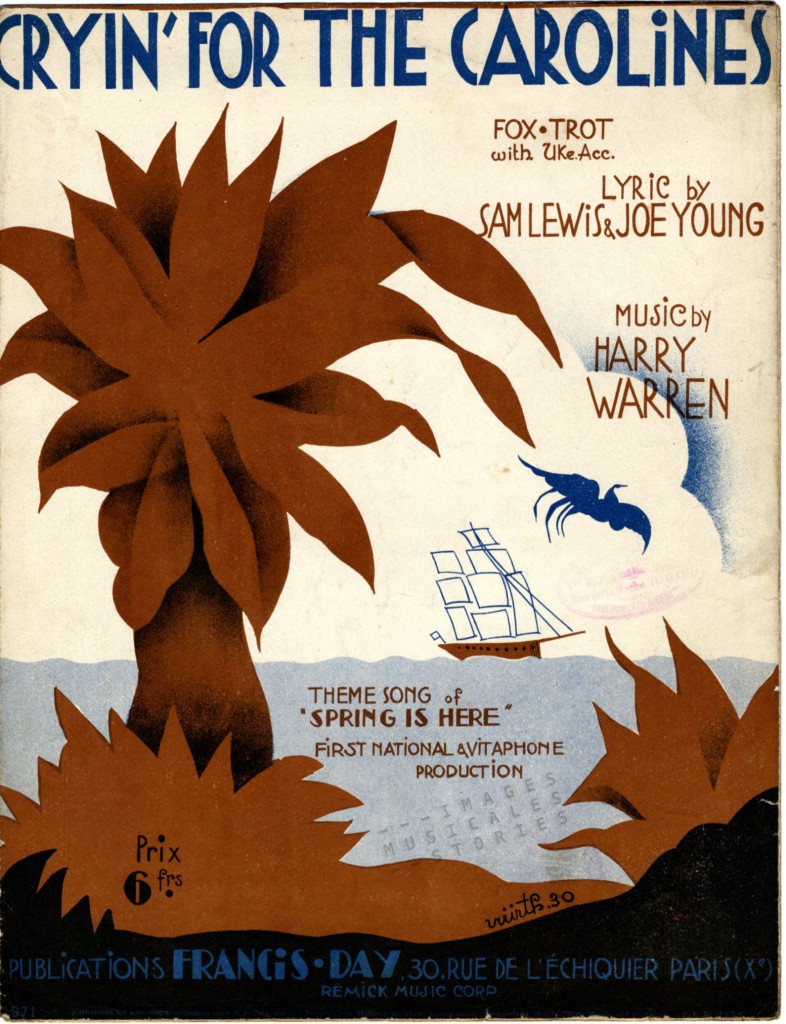
For the cover of the American song Cryin’ For The Carolines, the French illustrator Würth designed an imaginary art-deco tropical landscape of the Caroline Islands. Complete with palm tree, bird-of-paradise and Pacific Ocean it echoes the weariness with city life expressed in the lyrics:
Big town you lured me,
Big town you cured me,
Tho’ others hate to say goodbye to you
I’m leavin’ but I’ll never sigh for you.
Big town you robbed me of ev’ry joy I knew.
and also conveys the longing for a wild, unspoiled nature:
How can I smile mile after mile,
There’s not a bit of green here.
Birdies all stay far far away,
They’re seldom ever seen here.
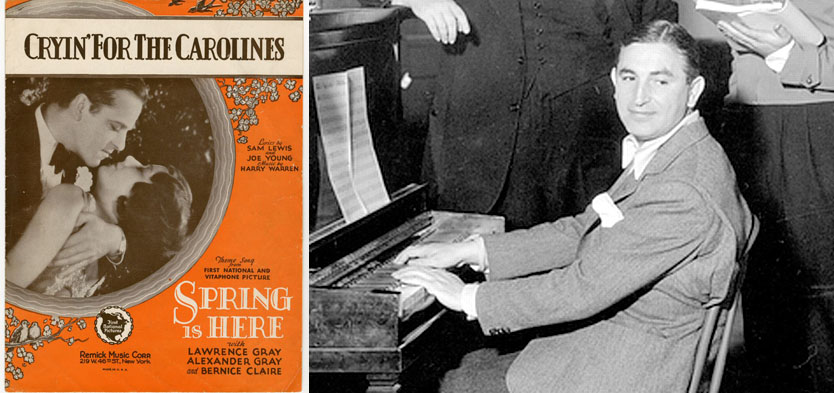
Harry Warren, the prolific film music composer, created Cryin’ For The Carolines in 1930. It was the theme song out of the eight or so songs in the now-forgotten film Spring is here. The cover of the American sheet music shows a movie still, revealing that it is a passionate love story. We spare you the plot!
In the film, the song Cryin’ For The Carolines was performed by the Brox Sisters. They were an a capella girl group enjoying their greatest popularity in the 1920s and early 1930s. They are often considered as the forerunners of The Andrew Sisters.
Both sheet music covers explicitly announce the film Spring is here as a First National and Vitaphone production. Now, Vitaphone was a sound film system which was successfully used by Warner Brothers and its sister studio First National from 1926 to 1931. The soundtrack was not printed on the film itself, but issued separately on phonograph records, resulting in a much better audio quality. The 33 ½ rpm discs would be played on a turntable physically coupled to the projector motor while the film was being projected.
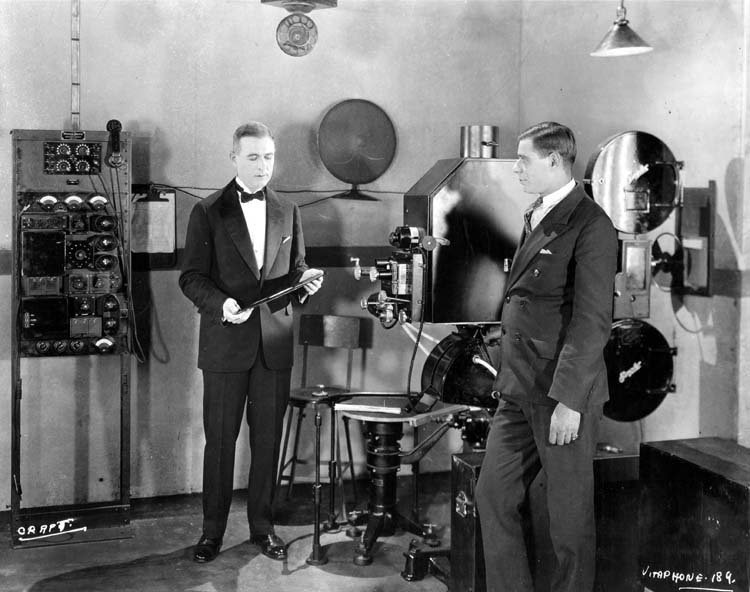
Warner Brothers also used the Vitaphone sound system between 1930 and 1931 to distribute their Spooney Melodies. These were a series of five musical short films, which are now considered as the first musical videos ever: the short films had no other aim than to promote the publisher’s music and turn them into world-wide hits. And… now is the moment to clap hands: it seems that our song Cryin’ For The Carolines is the only Spooney Melody to have survived! And it is publicly available.
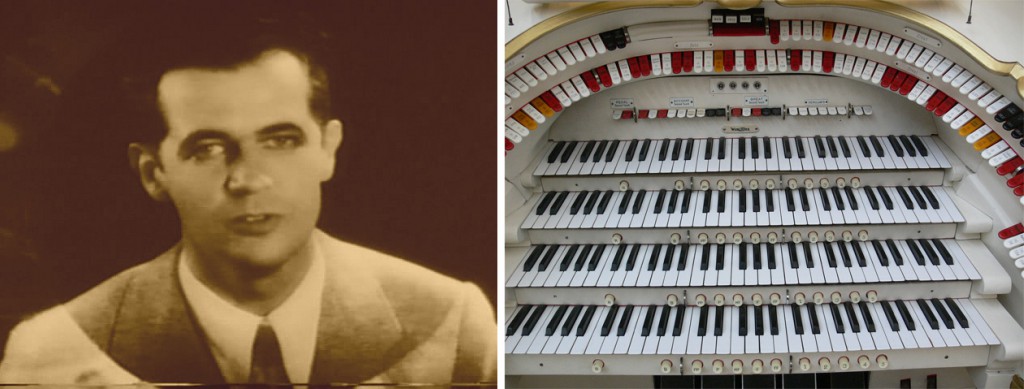
We concede that the first two minutes (of the six) in the following film are somewhat boring, and yet another demonstration of the primitive card-board animation techniques at that time. But when the live-action, featuring the Singing Organist Milton Charles at his Wurlitzer, is mixed with the moving dark decors, one gets the full homesickness of the song. And from the strange slow images (a blend of Eisenstein, Bauhaus, DaDa and Andreas Feininger’s visual experiments) one feels the message: you cannot but cry for the Carolines…
Warner Brothers abandoned the Spooney Melodies in favour of the Merrie Melodies which still were built around songs but featured recognizable characters and settings. Their first effort was the 1931’s cartoon Lady, Play Your Mandolin. The lady definitely is a rip-off of Mickey Mouse. Hardly a surprise as the animators responsible for the cartoon – Rudolf Ising and Hugh Harman – had previously worked at Walt Disney’s studio.
The soundtrack for the cartoon Lady, Play Your Mandolin was composed by Oscar Levant. The beautiful cover for his theme song is illustrated by the American illustrators and airbrush artists Ben and Georgette Harris, signing their work as Jorj.
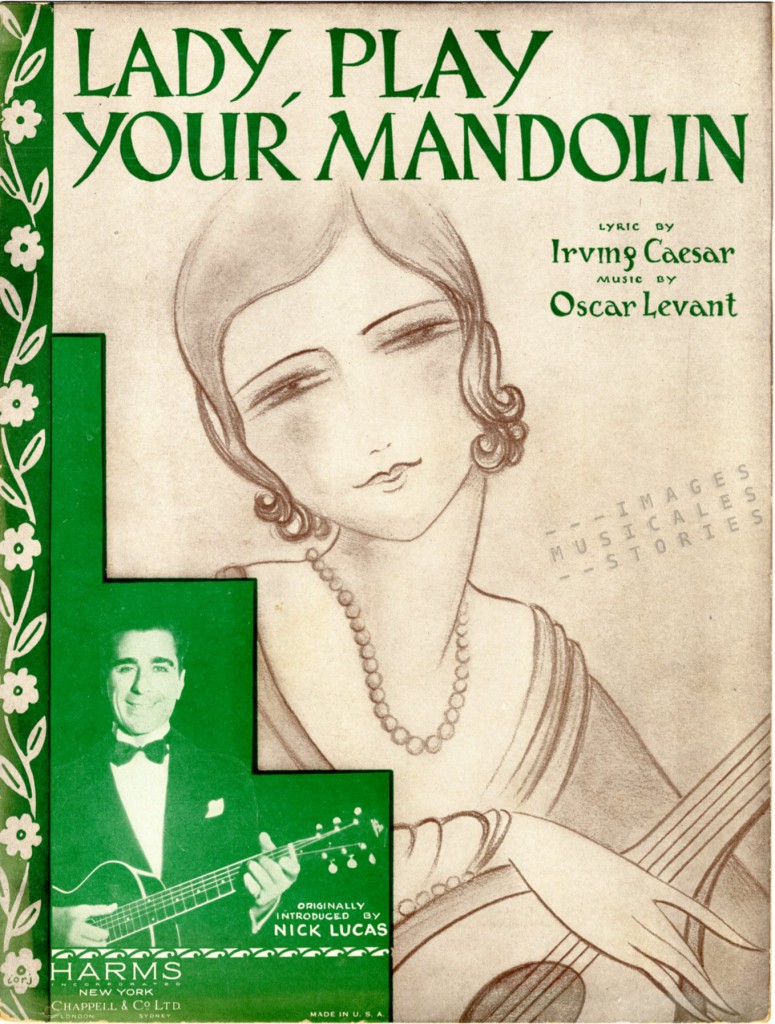
If you can’t get enough of historical links in this story: Nick Lucas who is posing as guitarist on the above cover, once co-starred in Warner Brothers’ Technicolor musical Gold Diggers of Broadway, which was… a Vitaphone production! Hehe.


